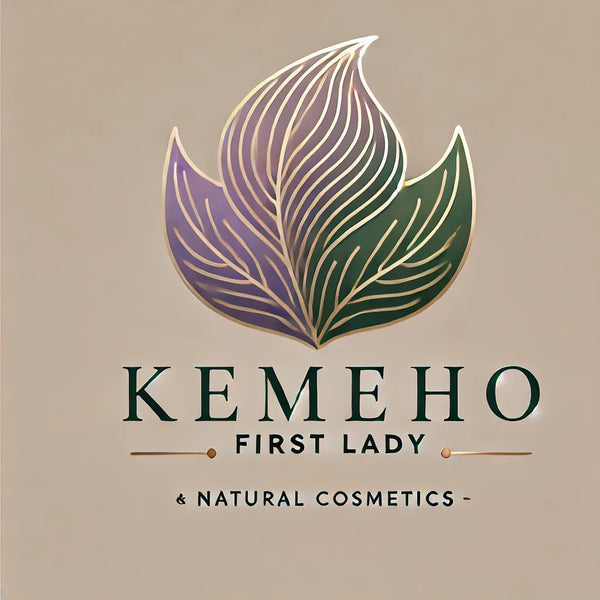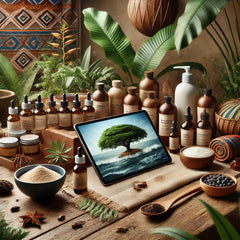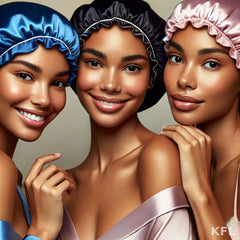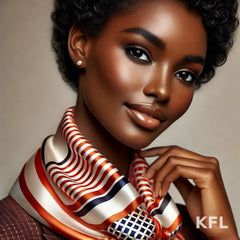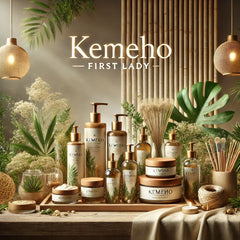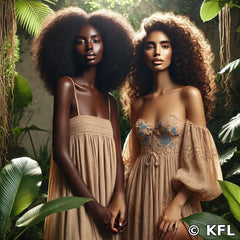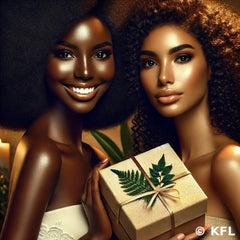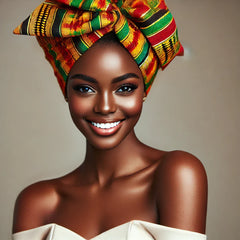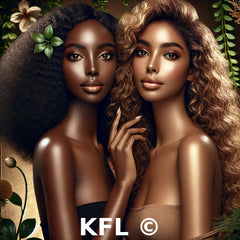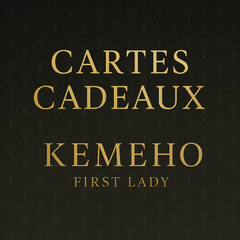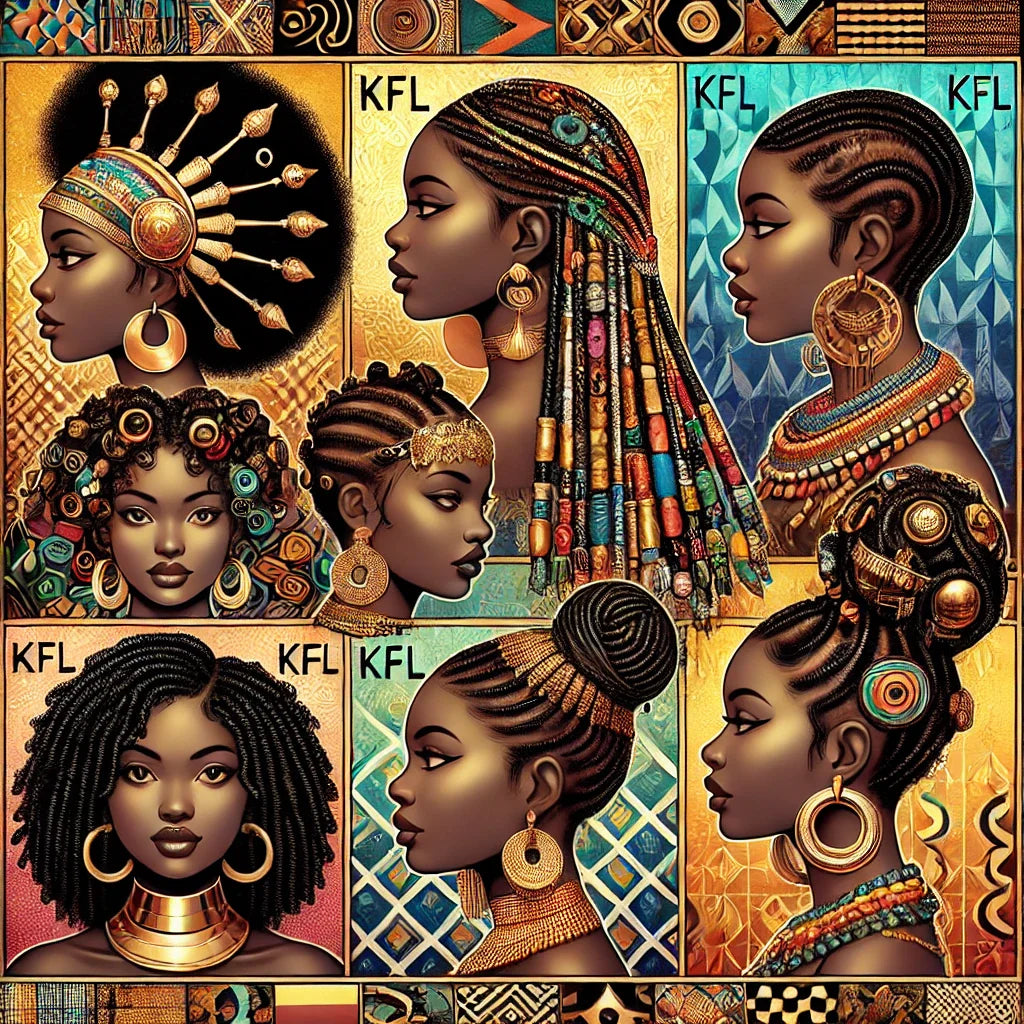
African Hairstyles: A Legacy of Culture, Identity, and Resistance
Share Label
For millennia, African hairstyles have not just been hair trends, but cultural, social, and spiritual markers. They tell the stories of peoples, indicate ethnic affiliation, social status, age, and even marital status. From Ancient Egypt to the sculptural braids of the Sahel peoples, African hairstyles have withstood centuries, influencing contemporary fashion while retaining their original essence.

- The History of African Hairstyles: An Ancestral Heritage
Traditional African hairstyles date back to Antiquity and have always been a means of identity expression.
- Ancient Egypt: Pharaohs and nobles wore braided wigs symbolizing their status and power.
- West African Peoples: Braids and plaits were used to identify clans and royal lineages.
- Central and East Africa: Sculpted hairstyles and hair ornaments indicated age, marriage, and social standing.
- Colonial Era: The slave trade and colonization tried to erase these traditions, forcing Africans to shave their heads or adopt Western styles.
Fortunately, traditional hairstyles survived and are experiencing a revival today.
- Iconic African Hairstyles and Their Significance
Each African hairstyle carries a story and a strong symbolic meaning. Here are some iconic styles:
1️⃣ Cornrows (Tresses collées)
- Originated in West Africa, worn by warriors and queens.
- Each pattern and design told a personal or community story.
- Today, they are globally embraced and reinterpreted in fashion.
2️⃣ Bantu Knots
- Originated from the Bantu peoples of Central and Southern Africa.
- Represent pride and cultural wealth.
- This style has influenced modern trends and is regularly adopted on international runways.
3️⃣ Dreadlocks (Locks)
- Worn by various African peoples before being popularized by Rastafarians.
- Symbolize spiritual strength and a connection with ancestors.
- Although demonized by colonialism, they are now a symbol of resistance and pride.
4️⃣ Fulani Braids (Tresses Peules)
- Worn by the Fulani people of West Africa.
- Characterized by fine braids adorned with beads and jewelry.
- They express cultural richness and feminine elegance.
5️⃣ Afro
- A symbol of the hair revolution of the 60s and 70s.
- Associated with the Black Power and Pan-African movements.
- Today, it represents the reclamation of natural Black beauty.
6️⃣ Shuku (Braided Bun)
- Originating from Nigeria, this style was reserved for queens and noblewomen.
- Still popular, especially during grand ceremonies.
7️⃣ Suku and Zulu Hairstyles
- The Zulus used hair to show their social status.
- Large, artistic hairstyles that celebrate femininity and strength.
- The Impact of African Hairstyles in Contemporary Culture
Traditional African hairstyles have crossed the continent's borders and influence fashion, cinema, and music.
- Black celebrities like Beyoncé, Lupita Nyong’o, and Zendaya showcase ancestral hairstyles on red carpets.
- The natural hair movement encourages Black women to abandon chemical treatments and celebrate their curly and kinky hair.
- Afrocentric hair brands now value natural textures and protective hairstyles.
- Debates about hair discrimination (e.g., the CROWN Act in the USA) aim to protect Afro hairstyles in professional and educational settings.
Conclusion
African hairstyles are not just hair trends, but a living heritage and a symbol of resistance and pride. They have endured through history, confronted oppression, and today stand as a key element of Black identity. Whether in ancestral traditions or on international runways, they remind each generation of the importance of celebrating one's roots.
